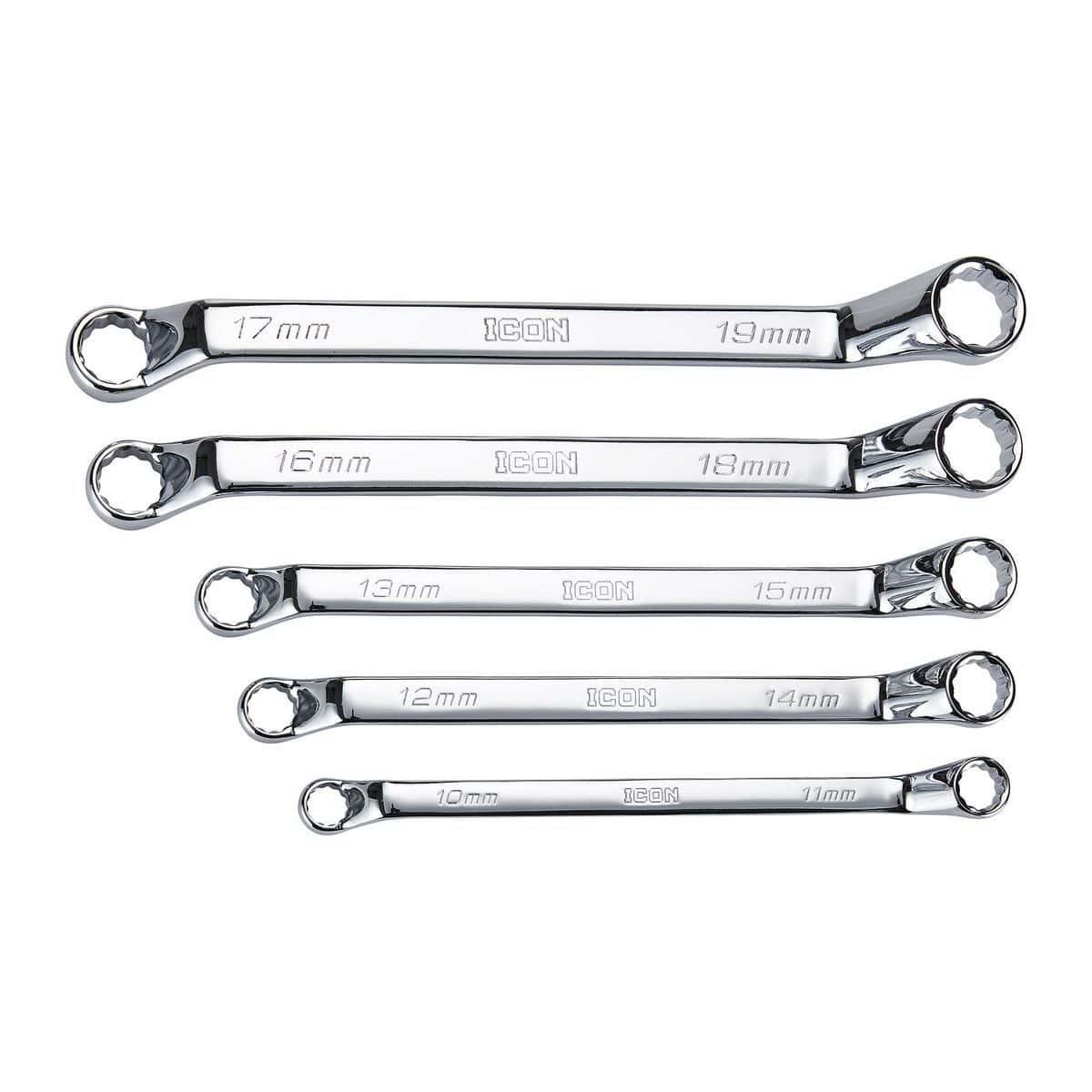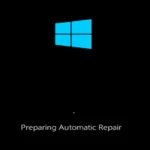A box wrench is a handy tool for working with nuts and bolts. It has a closed loop end that fits around the nut or bolt head. This shape helps it grip tightly without slipping.
Box wrenches are used to tighten or loosen nuts and bolts. They come in different sizes to fit various nuts and bolts. The closed end gives a firm grip. This lets you apply more force when needed.
Box wrenches are great for tight spaces. They can reach nuts and bolts in spots where other tools can’t fit. Many box wrenches have two ends of different sizes. This makes them very useful for different jobs. Some even have a ratchet feature to make work faster and easier.

Design and Functionality of Box-End Wrenches
Box-end wrenches have a special design that helps them grip nuts and bolts tightly. They work well in tight spaces and come in different sizes. Let’s look at how they’re made and why they’re useful.
Understanding the Box-End Wrench
A box-end wrench has a closed loop that fits over nuts and bolts. This loop is often six-sided to match hexagonal fasteners. The closed design helps prevent slipping when you turn the wrench.
Box-end wrenches come in many sizes. You can find them in both metric and inch measurements. This makes them useful for different types of jobs.
These wrenches are great for tight spots. Their shape lets them turn nuts even when there’s not much room to move.
Differences from Other Wrench Types
Box-end wrenches are different from open-end wrenches. Open-end wrenches have a gap that slides onto nuts from the side. Box-end wrenches must go over the top of the nut.
The closed design of box-end wrenches gives them a better grip. This means less chance of slipping and damaging the nut or bolt.
They also allow for more turning force. You can push harder on a box-end wrench without worrying about it slipping off.
Materials and Construction
Most box-end wrenches are made of strong steel. This helps them last a long time and not bend under pressure.
The handle of the wrench acts as a lever. A longer handle gives you more leverage to turn tough nuts and bolts.
Some box-end wrenches have a special coating. This can make them easier to grip or resist rust.
Professional mechanics often use box-end wrenches. They’re a key tool for anyone working with cars or machines.
Applications and Usage
Box-end wrenches are handy tools for many jobs. They work great on nuts and bolts. These wrenches are useful in lots of places.
Typical Uses in Various Settings
Box-end wrenches are perfect for tight spots. They shine in car repair. Mechanics use them to fix engines and brakes. Plumbers like them for pipe work.
These wrenches are great for bikes too. They help adjust seats and handlebars. At home, you can use them to put together furniture. They work well on appliances too.
Box wrenches give a good grip. This lets you use more force to tighten or loosen nuts. They’re safer than open-end wrenches. They’re less likely to slip off.
Specialized Industries and Tasks
Some jobs need special box wrenches. Big machines use large box wrenches. These might be in factories or on farms.
Airplane mechanics use special box wrenches. These tools help them work on plane engines. Some box wrenches have long handles. This gives more power for tough bolts.
Socket wrenches are like box wrenches. They fit many sizes of nuts. This makes them great for lots of tasks. Some jobs need exact tightness. For these, people use a torque wrench with a box end.
Frequently Asked Questions
Box-end wrenches are useful tools for many jobs. They come in different types for different tasks. Let’s look at some common questions about these wrenches.
What are the applications of a combination wrench in mechanical tasks?
Combination wrenches have a box end and an open end. They’re great for tight spots. You can use the box end for hard-to-reach nuts. The open end works well for quick adjustments.
These wrenches are handy for car repairs. They also help with home projects. Plumbers and electricians use them often too.
How is a box-end wrench advantageous compared to an open-end wrench?
Box-end wrenches grip nuts better. They don’t slip off as easily as open-end types. This means less chance of injury or damage.
You can apply more force with a box-end wrench. It’s good for loosening stuck bolts. The closed design protects the nut’s corners too.
What specific situations require the use of offset box-end wrenches?
Offset wrenches help reach nuts in tight spaces. They’re useful when working on engines. You can use them to get around obstacles.
These wrenches are great for plumbing jobs under sinks. They also help with some electrical work in cramped areas.
Can you explain the difference in use between line wrenches and open-ended wrenches?
Line wrenches have a thinner profile than open-end types. They fit into narrow spaces better. You use them for brake and fuel line fittings.
Open-end wrenches are more common. They work on a wider range of nuts and bolts. But they can slip off more easily than line wrenches.
In what scenarios would a split box-end wrench be the preferred tool?
Split box-end wrenches are good for pipes and tubes. You can slip them over a line without removing fittings. They’re handy for plumbing repairs.
Mechanics use these wrenches on brake lines and fuel systems. They save time when working on cars.
What are the potential downsides to utilizing a box-end wrench in automotive repairs?
Box-end wrenches can be slow to use. You often need to reposition them after each turn. This takes more time than ratcheting tools.
They might not fit in some tight engine spaces. In these cases, socket wrenches or specialized tools work better.







